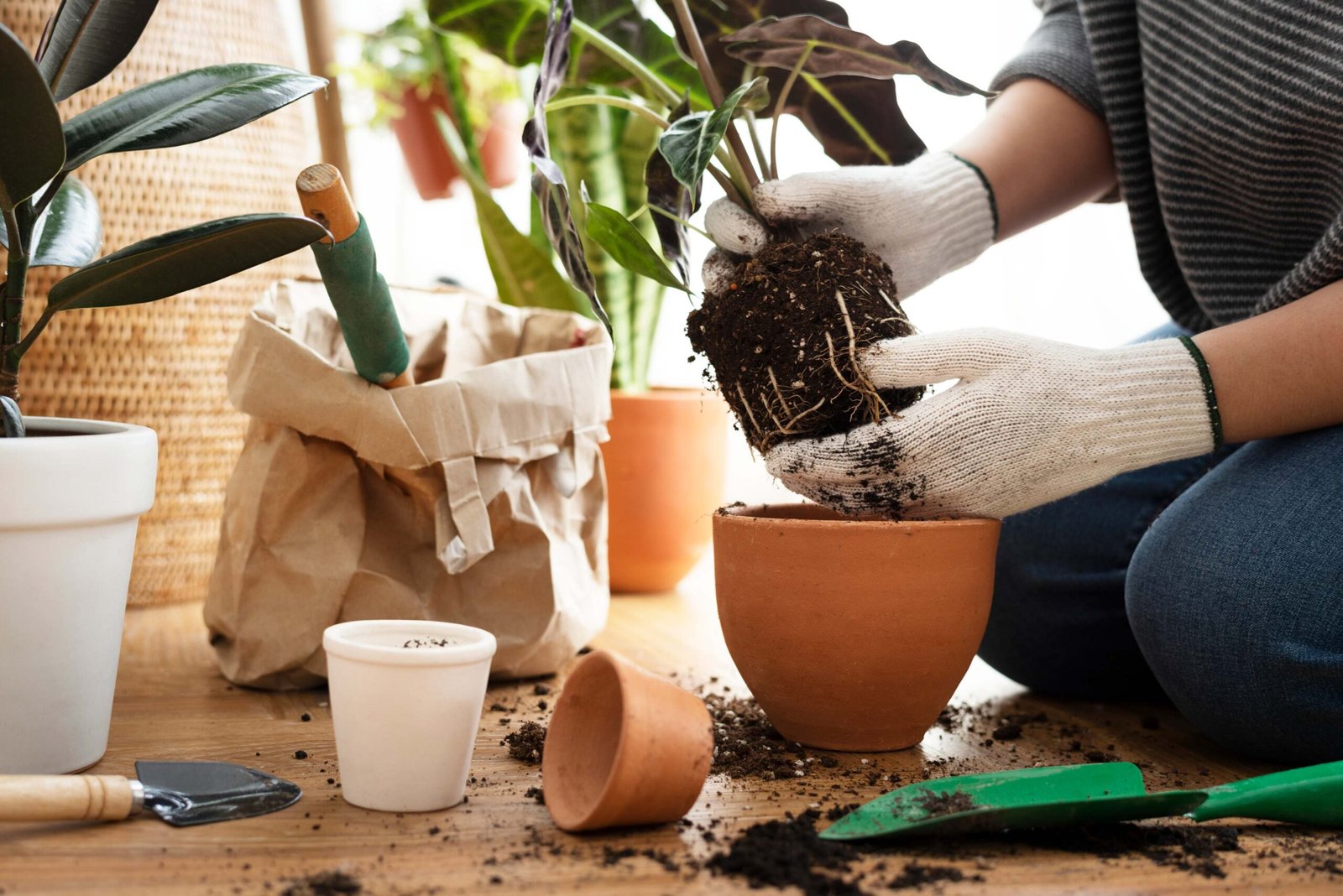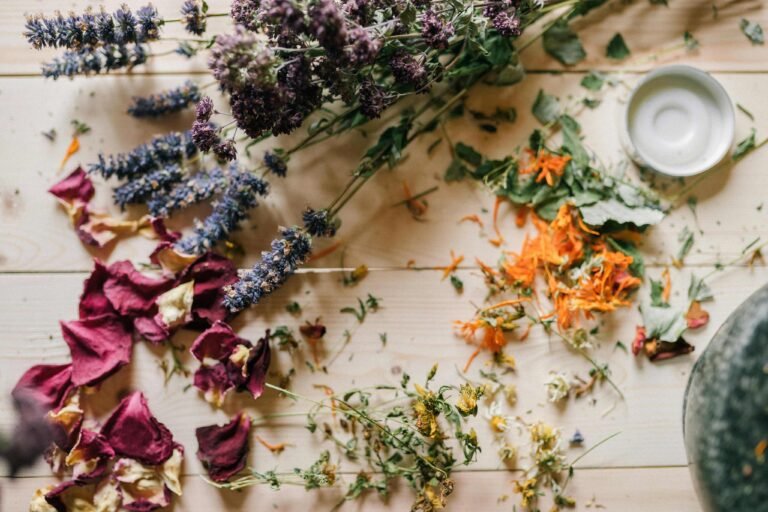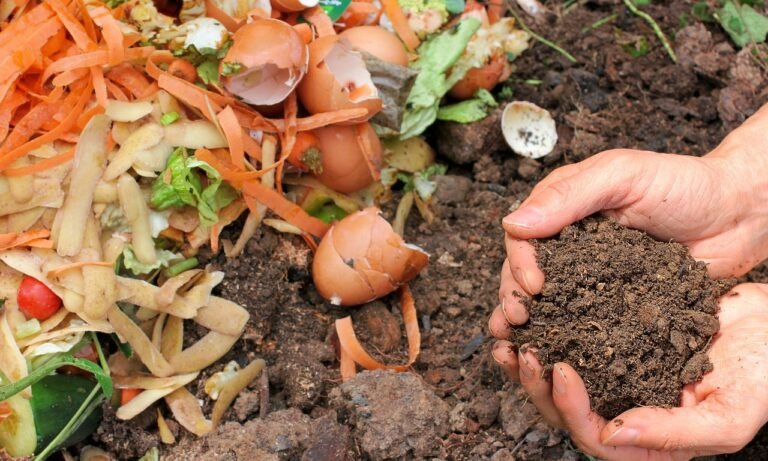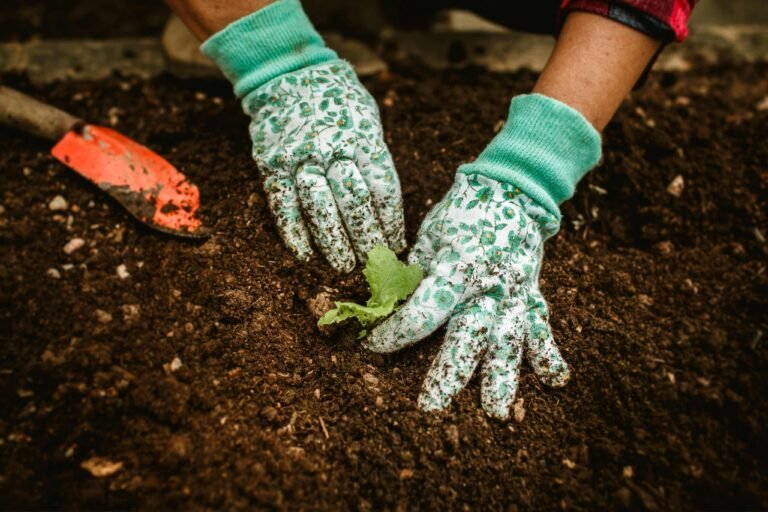Why Repotting Should Be a Regular Part of Your Plant Care Routine
If you are gardening in containers, then repotting is a very important step for your plant’s health and growth. You should consider it to be in regular part of your plant care routine to make your plants healthier.
Just like people, plants can get too big for their space. A bigger office or a house with an extra bedroom might not be on their list of needs, but they do like having a little more space to grow their roots. That’s why repotting is important.
Why Repotting is Important
Let’s dig into why repotting is important for your plants which are planted in pots.
-
Healthy Growth Starts Below the Soil
The part of a plant that we see above ground is only half of its life. Under the surface, their roots are quietly taking in water and nutrients and holding the plant in place. These roots get tangled up in the pot over time, making the plant root-bound. In other words, they stop growing out into new soil and start going around themselves, which stops them from getting enough nutrients. If your plant’s roots are cramped together, it can slow down the plant’s growth and cause problems like leaves turning yellow and a weakened immune system that isn’t strong enough to fight off diseases.
Repotting makes sure the roots have enough room to spread out and grow, which is important for the health and size of not only the root but also the overall plant.
-
New Soil Means New Nutrients
Over time, the nutrients in the soil in your plant’s pot will run out. The structure of the soil breaks down from time to time, so it can’t hold water and nutrients as well even if you fertilize it often.
When you repot, you refill the soil with new potting mix, which gives your plant access to new nutrients, better water retention, and better airflow. It’s like giving your plant a whole new grocery store to shop in!
It’s important because plants need things like nitrogen, phosphorus, and potassium to grow. Over time, they stock out from the soil from consuming by the plants. They can get weak without these. Repotting will help your plant grow with lots of nutrients in the soil.
-
Prevents Root Rot
One of the biggest dangers to your plant is poor drainage and compacted soil, which can lead to root rot. Root rot is a dangerous problem, which happens when the roots stay in wet soil for too long and drown. It can be hard to stop once it starts, and your plant might not recover if it starts. It can be stopped before it starts by repotting.
Repotting introduces adding new soil that drains well and making sure the pot has enough drainage holes to help the soil drain better. This simple action can save many plants’ lives, especially succulents and cacti that don’t like getting too much water.
-
Gives Your Plant Space to Breathe
Plants with lots of roots may begin to fight over food and space over time within themselves. This can make the plant stop its growth and make it harder for the plants to take in nutrients. When the roots get too congested, the plant stops growing. Even if you take good care of it, it can look old or saggy.
You give your plant more room to grow when you move it to a new pot. There is less competition when there is more space. This makes growth stronger and healthier.
-
The Chance to Size Up and Grow
Your plant will need more room as it matures. Repotting is a great chance to make the home for your plant better. As a plant grows, you may need to move it from a small nursery pot to a stylish ceramic planter or to something bigger to give it room to grow. Repotting lets you find the right size pot for your plant.
It will be hard for a plant to grow in a pot that is too small. If your plant has ever fallen over or looked like it had outgrown its pot, that’s a sign that it needs a bigger spot!
-
It Gives the Whole Plant a Fresh Start
When you repot your plant, you do more than just give it new soil or a bigger pot. You give the whole plant a new start. You can cut off any loose or dead roots, look for pests, and make sure your plant is in great shape while it’s being re-potted.
By doing this, you can get rid of old, packed-down soil, give the roots some room to grow, and even cut back any tall plants or leaves that are turning yellow. Your plant is having a full spa day!
Again, it’s important to do a check-up on your plants regularly anyway. You can do it when you’re repotting. If you take care of any problems right away, your plant will be happy and healthy in the long run.
-
Boosts Plant Aesthetics
Last but not least, let’s not forget about how it changes its looks. A plant in a stylish new pot can completely change the look of your garden. It’s also a good reason to rethink where your plant lives and how it fits in with the rest of your decor.
Why it matters: Having healthy plants in your home not only makes the air better, but it also makes it look better. A plant in a new pot with vibrant soil can bring life into a garden right away.
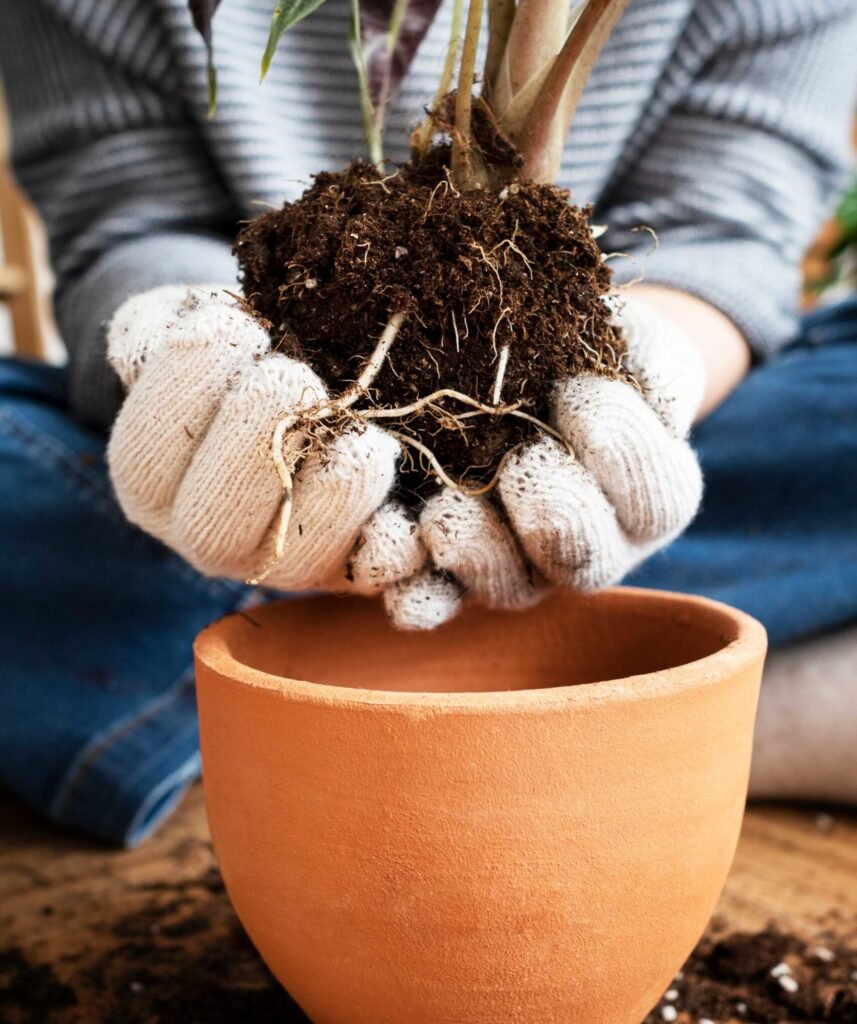
How Often Should You Repot?
Most plants should be repotted every 12 to 18 months, but this can change based on the plant and how quickly it grows. Some plants that grow quickly, like monsteras and pothos, may need to be repotted more often. Plants that grow slowly, like succulents, can wait longer between the repottings.
Signs It’s Time to Repot
- The roots are coming out of the drainage holes.
- It looks like the plant is getting too big for its pot.
- It drains too quickly or too slowly, so water isn’t absorbing properly.
- The plant is leaning to one side or may fall over.
- It’s been over a year since you changed the soil.
Final Thoughts
Repotting isn’t just a chore; it’s an important part of plant care. You can think of it as giving your plant a new start by giving it more room, new food, and the chance to spread its roots. Grab a new pot and some fresh soil and give your plant the love it needs if you haven’t done so in a while!
Your Plant will thank you for it. Happy Gardening!

